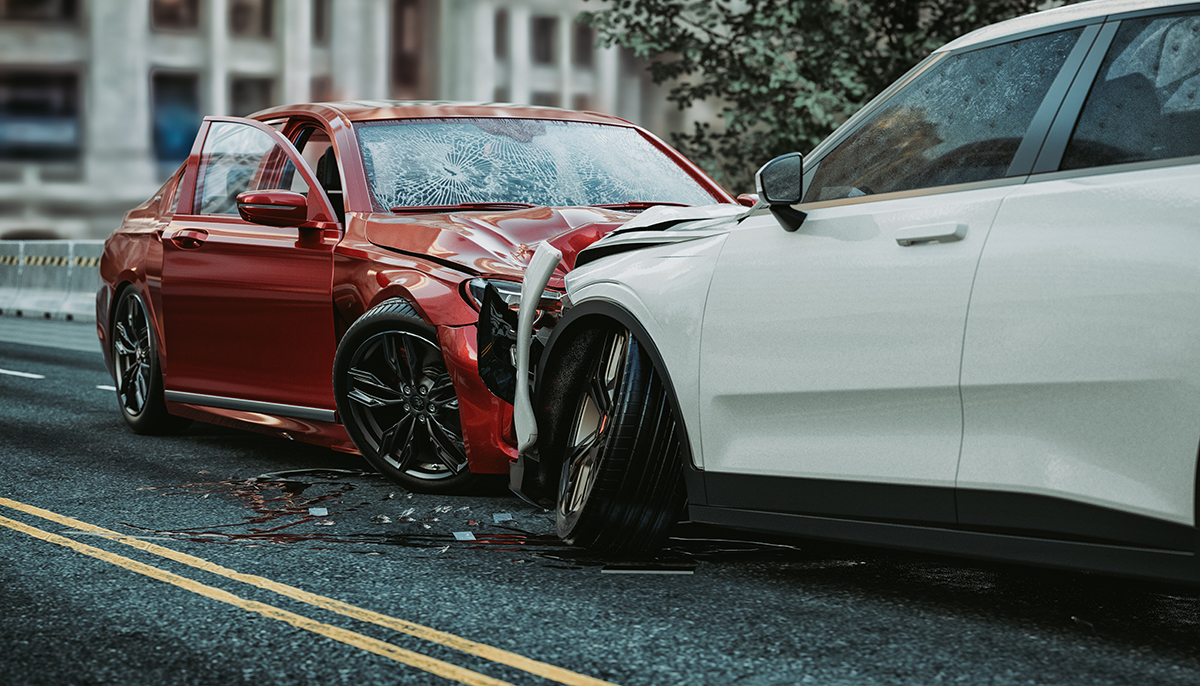
A vehicle collision is a stressful and sometimes overwhelming experience. Whether it’s a minor fender-bender or a more serious accident, knowing what to do in the moments and hours following the collision is crucial. By staying calm and following a few key steps, you can ensure your safety, protect your legal rights, and minimize the impact of the situation.
1. Check for Injuries and Ensure Safety
Assess yourself and passengers for any injuries. If anyone is seriously hurt, call 911 immediately for emergency medical assistance. Move to a safe location if possible. If the collision is minor and the vehicles are still drivable, move them to the side of the road or a nearby parking lot to avoid further accidents. Turn on your hazard lights to alert other drivers.
2. Call the Authorities
Contact the police even if the accident seems minor. A police report is an essential document for insurance purposes and will help establish fault if needed. Provide accurate details to the responding officer but avoid admitting fault. Stick to the facts when describing the events leading up to the collision. The police will document the accident and provide both parties with a report or a report number to use later. Follow all directions that a first responder might give you.
3. Exchange Information with the Other Driver
Collect necessary details from the other driver, including:
- Full name and contact information
- Driver's license number
- Vehicle make, model, and license plate number
- Insurance company and policy number
Avoid discussing fault. Stay polite and cooperative, but avoid making any statements that could be interpreted as an admission of responsibility.
4. Document the Accident Scene
Take photos and videos of the accident scene, including damage to both vehicles, any skid marks, road conditions, and traffic signs. This documentation can serve as evidence if there is a dispute over fault or damages later on. Get witness statements if anyone saw the accident. Collect their names and contact information in case you need their testimony later.
5. File an Insurance Claim
Notify your insurance company about the accident as soon as possible. Provide them with the other driver’s information, the police report, and any evidence you’ve gathered. Follow the insurer’s process for filing a claim. This may include scheduling an inspection of your vehicle or taking it to an approved auto body shop for repairs. Work with the claims adjuster, who will review the damage, assess fault, and determine how much your insurance will cover for repairs or replacement.
6. Seek Medical Attention
Get checked by a doctor even if you don’t feel hurt immediately after the accident. Some injuries, like whiplash or internal trauma, may not show symptoms right away but can worsen over time. Keep medical records of any treatment or doctor visits related to the accident, as these may be needed for insurance claims or legal purposes.
7. Get Your Vehicle Repaired
Take your vehicle to a reputable auto body shop for an assessment, like Metro Motor Collision. We specialize in collision repair and can handle everything from minor dents and scratches to major structural damage and auto body work. We'll even help you file a claim and document your vehicle's condition for your insurance company, which may cover all or part of the costs depending on your policy. Your vehicle service technician will also help you consider the extent of the damage before deciding whether to repair or replace the vehicle. In some cases, if the repair costs exceed the car’s value, the insurance company may declare it a total loss and offer you a payout instead.
8. Know Your Rights and Responsibilities
Understand local laws regarding reporting accidents. In many states, you're required to file a report with the Department of Motor Vehicles (DMV) if the accident results in significant damage or injuries. Follow up with your insurance company to ensure that the claim is being processed and that any necessary paperwork is completed. Keep copies of all correspondence related to the accident, including emails and receipts from the repair shop.
9. Prepare for the Aftermath
Stay in contact with your insurance provider and repair shop until your vehicle is repaired or replaced. Keep track of any out-of-pocket expenses related to the accident, as these may be reimbursable. Plan for alternative transportation if your car is in the shop for an extended period. Many insurance policies cover rental car costs while your vehicle is being repaired, so ask your insurer if this is an option.
Tips for Avoiding Future Collisions
While accidents aren’t always avoidable, you can take steps to minimize your risk of future collisions:
- Drive defensively, staying alert and anticipating other drivers' actions.
- Avoid distractions like using your phone or eating while driving.
- Obey traffic laws and speed limits, particularly in high-risk areas like intersections and school zones.
- Keep your vehicle well-maintained, including regular inspections of your brakes, tires, and lights, to ensure that it’s in safe operating condition.
A vehicle collision can be a stressful and sometimes life-changing event, but knowing what to do immediately after the accident can help you protect your health, legal rights, and financial well-being. By staying calm and following the right steps, you can navigate the aftermath of a collision more smoothly. Then, get in touch with Metro Motor for comprehensive auto body, paint, and glass repair services to get you back on the road in no time.
Vehicle care information made available by Metro Motor is presented as helpful advice for general maintenance and should not be construed as instructions for at-home vehicle service. Be sure to consult your owner’s manual and a licensed, professional mechanic for diagnostics and repair.
